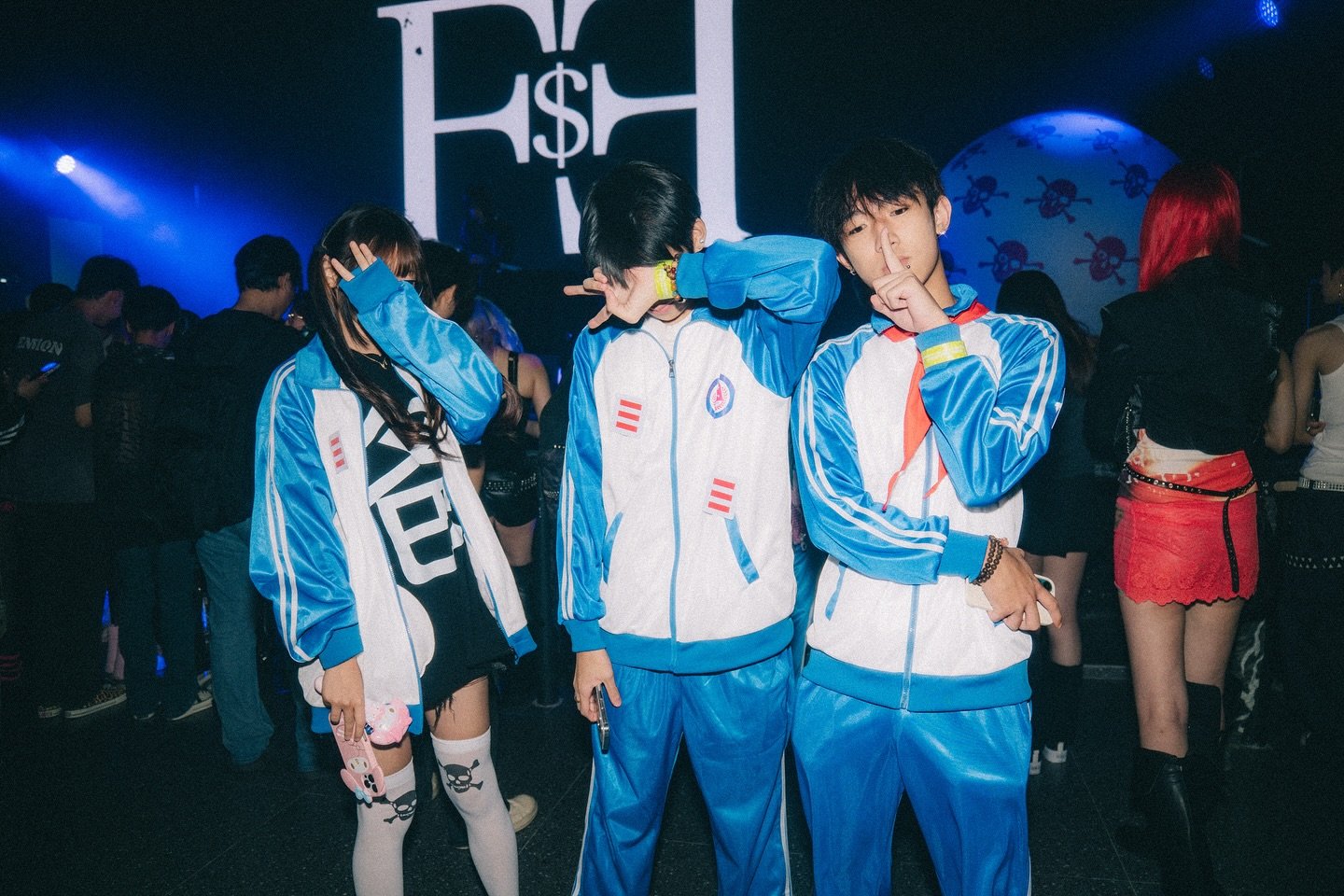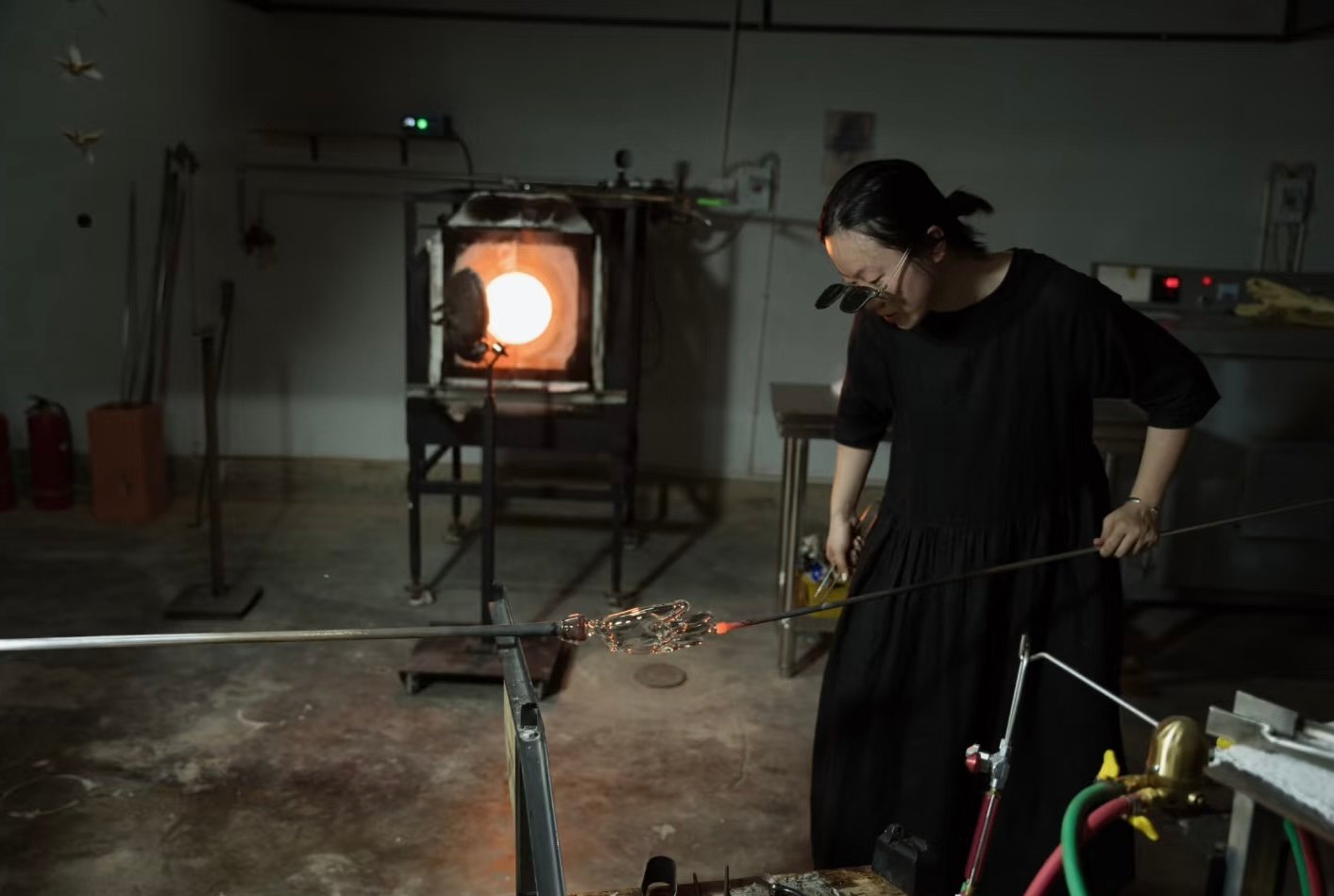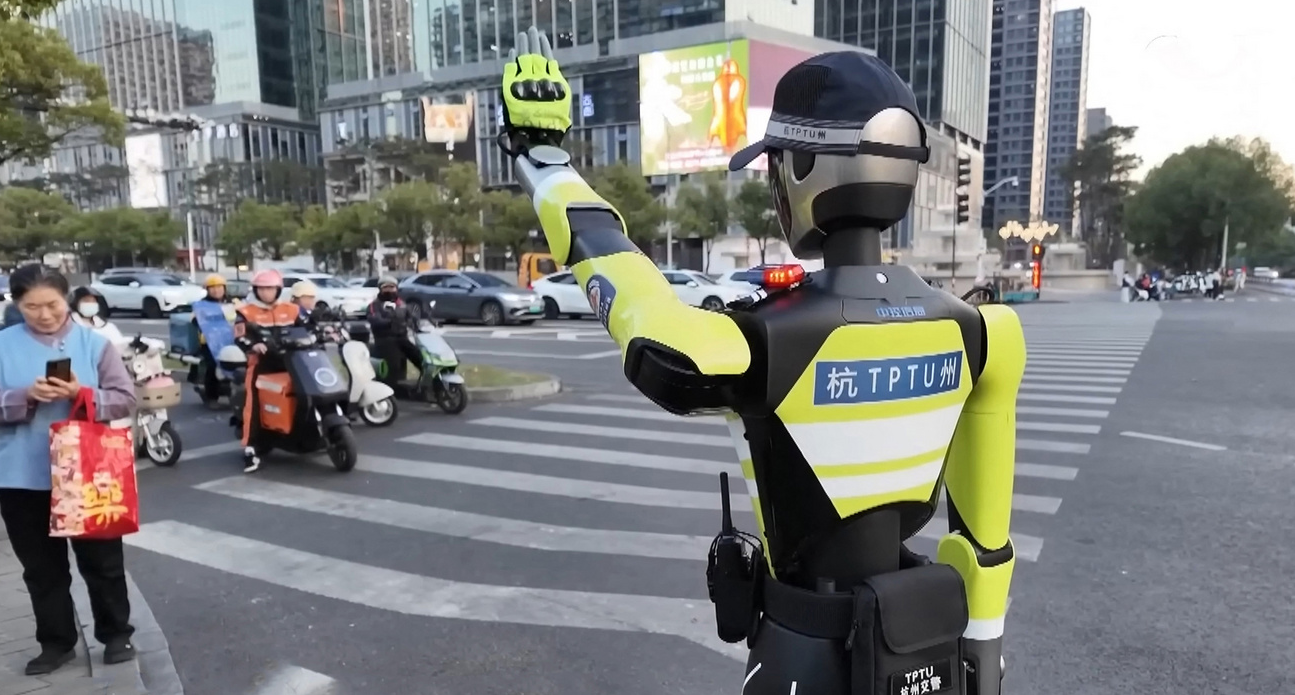For many young Chinese drifters and dreamers, Jingdezhen, a small city in Jiangxi province known for its porcelain industry, is practically utopia. Often called the porcelain capital, it is a city built upon the relics of history and art, centered on a yearning for freedom and the search for a laid-back lifestyle. Young people have relocated from big cities like Beijing and Guangzhou to the ceramics hub, shedding their old selves to build something new. They call themselves “Jing Drifters,” emulating the term “Beijing Drifters” (北漂, Bei Piao), which refers to young people who head to the national capital for professional opportunities. Yet, instead of moving to an economic powerhouse, they’re doing the precise opposite.
Located in Jingdezhen’s East City Area, Sculpture Factory is a porcelain arts district where
tranquility reigns. Newly opened cafés, graffiti walls, ceramic workshops, designer ceramic stores, and street vendors selling porcelain products have replaced the historic porcelain-production center, dotting the tree-lined streets. The soft afternoon sunshine filters through the lush trees, casting a gentle glow on porcelain vendors and the wandering tourists who have come here for a peaceful getaway.

To many, discarding a full-time job at age 30 would seem like an extreme decision. But to Meng Meng, who quit a corporate job and opened a café in Sculpture Factory to reconnect with her true self, it was a necessity. For five years, she worked in internet marketing in Beijing. Overtime became the norm, leaving her nerves perpetually on edge, as she stood ready around the clock for any emergency work demands. As she approached 30, anxiety over her age ate her up. In China, once you’re past 30, it can be hard to make a career breakthrough. She recalls how the mental stress accumulated, and finally manifested in physical symptoms: her limbs would go numb when dealing with work.

Now, in her café, leaning against the window facing the outdoor ground through Sculpture Factory, she greeted the passerby with a warm “Hi,” her short, bleached blonde hair gleaming in the sunlight. Located down an alley in Sculpture Factory and housed in a renovated old brick bungalow, the café has become a landmark that draws a steady stream of tourists. People come by the café to chitchat, pet her dog McDull, and take photos outside, where a rainbow flag hangs against the green bungalow wall.

Like many Jing Drifters, before moving here Meng Meng had heard life was different in Jingdezhen. With low-rise buildings and no skyscrapers, the city, positioned at 199th place out of 291 Chinese cities in terms of economic competitiveness, presents a clear difference from major cities such as Beijing and Shanghai. In recent years, this city has emerged as a haven for free spirits. The atmosphere is brimming with artistic energy, enabled by low rents. The sluggish economy infuses the city with a slow rhythm of life, soothing artists, ceramic enthusiasts, and other young Chinese exhausted from fierce competition at work — that is, if they’re lucky enough to have a job amidst record-high unemployment. As Meng Meng has learned, to live here is to rediscover the romance in life.
“In big cities, age determines your future. But here, no one cares about how old you are. Everyone at any age lives a life that makes the most sense to them. Everyone has their unique stories. Every time I talk to new people, I see a different world,” Meng Meng said, emphasizing the inclusivity and acceptance she has found in Jingdezhen.

Over the past few years, Jingdezhen has exploded on Chinese social media platforms like Xiaohongshu. Viral posts like “No one could leave Jingdezhen empty-handed” and “All I want is to play with clay in Jingdezhen” point to the delicate handmade ceramic products and ceramic-making classes that draw tourists to the city. According to Jiangxi Department of Culture and Tourism, over 8 million tourists visited Jingdezhen during China’s week-long National Day holiday in 2023, and in a city of 417,687 there are over 30,000 Jing Drifters. However, this influx of newcomers has caused local prices to rise, increasingly pricing out long-standing residents.
Dali in Yunnan province is another tourist destination that is getting more and more popular with urban youth looking for an escape. While the main draws there are unspoiled nature and breathtaking landscapes, Jingdezhen captivates outsiders with its rich tapestry of culture and the arts. People have realized that coolness permeates this small yet vibrant city, where it’s easy to get lost in Instagram-worthy cafés, ceramic museums, shops selling porcelain souvenirs, and creative communities like Sanbao Ceramic Village, a center for international ceramicists, studios, galleries, and workshops.
“In Jingdezhen, you can just be yourself. No matter what you wear, people won’t judge,” says Yongyi Tan, a 32-year-old illustrator who moved to Jingdezhen from Guangzhou in 2023.
Tan stood beside shelves of glassware in her glass-making workshop. To her, making glassware leads her into a trance, allowing her to immerse herself in the process of creation. She first came here last year for a pottery class and was inspired to open her own glass workshop. She was mesmerized by the artsy atmosphere, less overwhelming life, and more genuine connections she found here. Unlike in Guangzhou, where everyone is busy, people are closer-knit in Jingdezhen.

“People I met here are simple. A friend hung this curtain for me, another friend helped me paint the walls. On the grand opening day, they sent me flowers and brought their friends over.” She pointed at the curtain, a beaming smile on her face.
The city has long been a hub for ceramic artists. Inside a ceramic sculpture loft studio in Taoxichuan Wenchuang Block, Miaochun Chen glanced at a batch of her latest sculptures — a series of dogs inspired by her childhood pet. The studio, spanning two floors, serves as her home base, with the first floor dedicated to ceramic-making and the second floor designated for living.
Jingdezhen’s artistic atmosphere is especially noticeable in Taoxichuan. Much like 798 Art District in Beijing, it’s a cultural enclave repurposed from old industrial buildings, in this case porcelain factories. Starting in 2018, architect David Chipperfield converted the neighborhood’s buildings into a museum, a ceramics market, porcelain shops, Taoxichuan Grand Theatre, and a hotel complex. Since then, the district has become a center for exhibitions, art conferences, and ceramic courses. Though Chen had only been here for a month, she appreciated the easy access to art in this district. Her husband Lin Zhao, a renowned ceramic artist, had been going back and forth between Jingdezhen and Foshan for years. A month ago, the family finally decided to relocate here, joining Zhao as he took up a post as artist-in-residence in Taoxichuan.

Crafting ceramic sculptures has infused her life as a full-time mom with a newfound passion. After her daughter arrives at kindergarten for the day, she spends her time in a creative state. In this city of art, Chen and Zhao have found themselves welcomed into a community of kindred spirits, engaging in enriching conversations about art and attending exhibitions that fuel their shared passion.
“We meet and talk to people from all over the place. I’m happy my kid can grow up in this more open-minded and liberal environment,” Chen said.

However, the porcelain capital’s boom has come at a price. As the sprawling city has become one of the most popular domestic destinations for artists and free spirits, living costs have skyrocketed, pricing out locals. During the Chinese New Year holiday, hotels were fully booked ahead of time, and prices for a one-night stay rose from hundreds of RMB to thousands. In Sculpture Factory, landlords have taken the surge of new cafés and stores as a signal to raise rents, squeezing out elderly local porcelain artisans who can no longer afford spaces in the area.

Pan, a graduate student in Jingdezhen, came here for college in 2018, before the city’s gentrification had dramatically accelerated. She started a street vending business in 2019, but the escalating fees soon became a source of exasperation. In four years, the monthly fees for street vending increased from 200 RMB to 1,200 RMB in Taoxichuan and 320 RMB to 560 RMB in Su Space, two popular sites for vendors.
“I stay in Jingdezhen to avoid involuted life in the big cities, but the competition is getting more fierce here. I don’t know how long I can hold on,” she said.
On a Wednesday afternoon, friends showed up at Meng Meng’s café to play with her dog McDull, a half-Maltese, half-Teddy who welcomed them with playful licks. Meanwhile, Meng Meng acknowledged that, even as a Jing Drifter, she had noticed the inflation of local prices and was worried about her rent for the next year. Her lunch that day had just cost her as much as a meal in Beijing.
“Jingdezhen is transitioning into a tourist city. It’s sad that a wave of younger people is squeezing out local artisans, but it’s also inevitable. At least we, as a younger generation, can build something meaningful along the way to shape the future of this amazing city,” she said.
All images by Xinrou Shu.

















